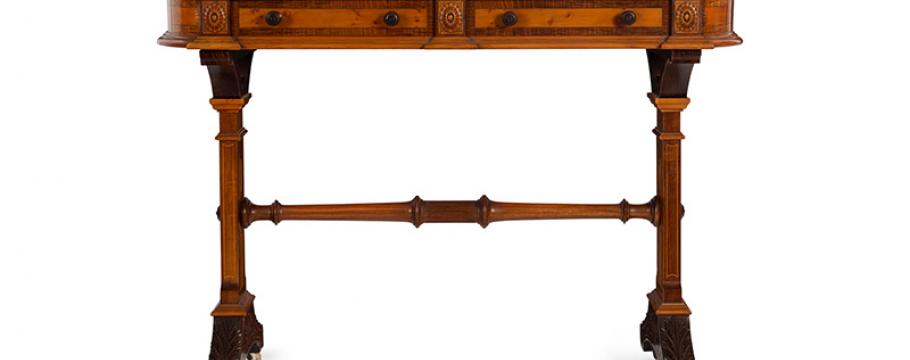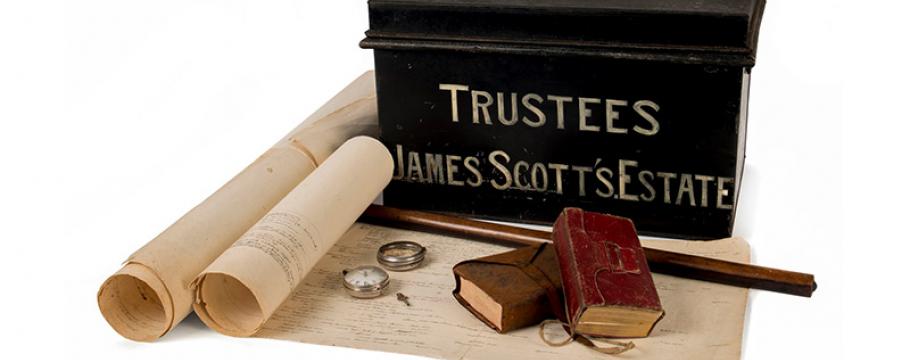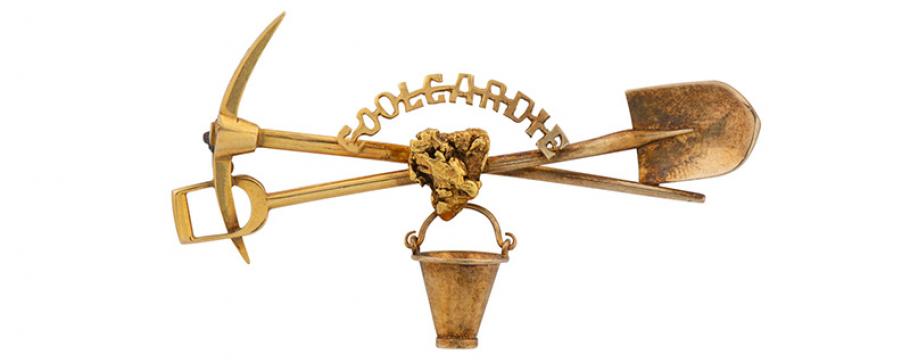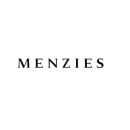








Impatient buyers can't wait for Australian history auction
Author: Richard Brewster | Posted: 22nd November, 2018
Auction goers who like to delve into Australian history will no doubt be impatiently waiting for the chance to bid at Leski Auctions forthcoming Australian & Colonial auction from noon Sunday December 2 at 727-729 High Street, Armadale.
Australia’s past will be in sharp focus at the sale with further selections from long-time collector Rodney Pemberton’s collection of Australian colonial furniture to whet buyer appetites.
One of the highlights is a side table (lot 294) created for display at the 1880 Melbourne International Exhibition held in the then brand new Royal Exhibition Building designed and built for the purpose.
The exhibit won a silver medal at the time and is the only remaining piece from the 1880 exhibition still in private hands. All the others reside in either Melbourne Museum or National Gallery of Victoria collections.
The auction offers a remarkable range of early Australian newspapers and Australian articles in their English equivalents.
Auction goers can select their favourite piece of colonial jewellery on which to bid or admire the Australian pottery up for grabs.
Artworks include a William Gould (1803-1853) Portrait of a Man Holding a Letter (lot 444), a lively Hugh Sawrey bushranger scene entitled The Stick-up and a John Olsen gouache.
Other attractions include a fine collection of scientific and optical instruments, advertising posters and large scale model aeroplanes.
Among the more desirable items is an 1885 colonial cedar and pine sewing box (lot 21) from the Barossa Valley in South Australia. The interior is fitted with intricate checkerboard compartments and a lift out tray with lockable drawer.
Intriguing is Charles Web Gilbert’s signed cameo carved emu egg on a blackwood stand featuring a portrait of famous Australian opera diva Dame Nellie Melba circa 1902 (lot 29).
Important personal items from the estate of Van Diemen’s Land (now Tasmania) early surveyor Scottish-born James Scott (1810-1884) (lot 236) throw light on and further expand knowledge about his historical record.
Published details of Scott’s early work during the period between 1836-1842 covered by one of the items (his hand written journal) appear to be non-existent – with most known records dating from 1845.
In 1832, Scott followed his older brother Thomas (who had arrived in Hobart Town in 1820) to Tasmania.
Thomas had already been an active surveyor, from 1822 to 1824 exploring parts of the east coast and laying out the town of Bothwell.
After his arrival, Thomas trained his brother in the craft and James (who was of strong build an excellent bushman) later became chief surveyor of northern Tasmania and, for most of the 1850s, the only one based in Launceston.
Best known for his explorations of Tasmania’s northeast, the journal adds considerable detail to James’s previously published surveying activities.
Interesting entries include his meeting with Governor and Lady Franklin at a ball at Thomas Archer’s home and the time bushrangers shot a man and wounded another coming from Launceston.
Other items include a silver pocket watch inscribed with James’s name and place of birth and year of arrival in Van Diemen’s Land (Earlstown, Berwickshire, Scotland 1829 V.D. 1832), which he carried with him all his life, and his personal bible.
Unusual to the auction and now rarely seen is an early colonial circa 1840 Australian cedar riding boot and whip stand of Tasmanian origin (lot 284).
Also of Australian cedar is an early (1830s) Tasmanian folding lid washstand (lot 448) presumed to have come from famed colonial artist John Glover’s family – with “R Glover” pricked by nail on the front panel.
A circa 1894 Coolgardie Australian goldfields 15-carat gold brooch with pick and shovel, gold nugget specimen and bucket (lot 511) is a very unusual jewellery piece guaranteed to intrigue all comers.





